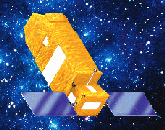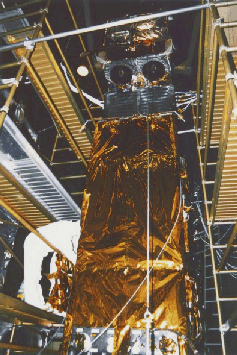

Report #9 As described in Report #7, satellite testing in the thermal-vacuum chamber at Goddard Space Flight Center quickly revealed a design flaw in some support bars which both mis-aligned the spectra on the detectors and defocused them by amounts that were unacceptably large. The problem was quickly diagnosed, and a repair was performed in the first few days of the new year. Shortly thereafter, the satellite was again put under vacuum, and testing resumed to verify that the repair worked and to exercise other systems on the instrument and spacecraft. The optical testing has just been completed, and the results demonstrate that the mechanical modifications to the support bars did indeed eliminate the problem. For 3 of the 4 optical channels the spectra now fall on the detectors in the same place they did during spectrograph integration and test at the University of Colorado, nearly one year ago, to within about 200 microns or less. This is well within the allowable range. We also demonstrated that the focus of the spectrograph channels were within the expected ranges throughout the normal operating temperature limits, which was not true before the repair was made. The fourth channel could not be tested because the FUV lamp in the collimator for that channel failed shortly after vacuum was established. The satellite is scheduled to come out of the thermal-vacuum tank in about one week and be moved to a nearby clean room. The next day, a faulty inertial reference unit, which contains the gyroscopes that are used to precisely point the satellite in flight, will be removed and sent to the manufacturer to be repaired. Satellite testing will continue until it is shipped to Cape Canaveral in early April for a late May launch.
Reported by: Scott Friedman, JHU Project Scientist
Photo: Collimator (top) being installed on FUSE in thermal vac tank at
NASA/GSFC, November 1998. (Click on photo to see enlarged version.)
|

